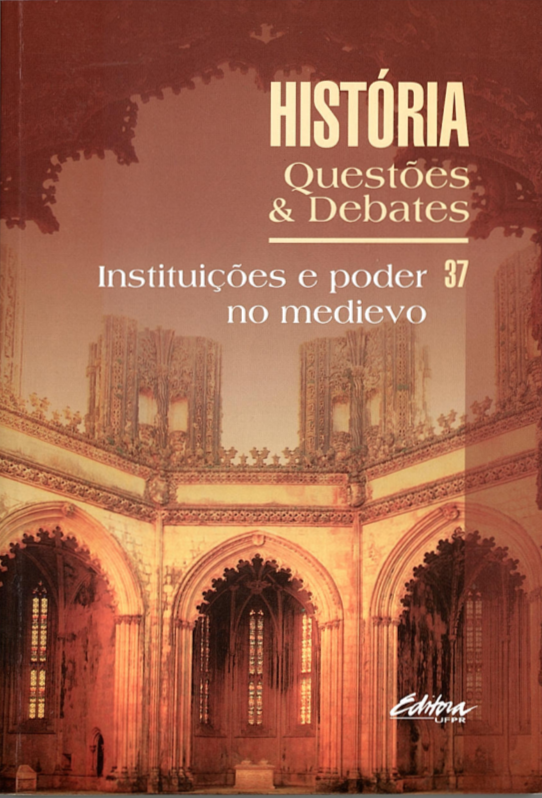A BRUXARIA NOS TEMPOS MODERNOS SINTOMA DE CRISE NA TRANSIÇÃO PARA A MODERNIDADE
DOI:
https://doi.org/10.5380/his.v37i0.2705Palavras-chave:
bruxaria, Tempos Modernos, história do direito, witchcraft, Early Modern Times, history of law.Resumo
Este artigo pretende apresentar algumas informações básicas sobre o fenômeno da bruxaria, um fenômeno específico dos Tempos Modernos que surgiu a partir do início do século XV unindo a feitiçaria da Antigüidade e da Idade Média com o delito da heresia. A teoria e prática jurídica daquele tempo, incluindo a aplicação legítima de torturas, contribuíram muito para a disseminação da bruxaria na Europa. A partir do fim do século XVII, com o surgimento do Iluminismo, encerrou-se, definitivamente, este fenômeno da bruxaria, que tinha se manifestado, muito diferentemente, nos países europeus. A bruxaria pode ser interpretada como um sintoma de crise na transição do mundo medieval para o mundo moderno.
Abstract
This paper intends to present some basic information on the phenomenon of witchcraft, a specific phenomenon of the Early Modern Times, which came out in the beginning of the 15th century, unifying the sorcery of the Antiquity and the Middle Ages with the crime of heresy. The theory and practise of justice from that period, including the legitimate application of tortures, contributed very much to the spread of the witchcraft throughout in Europe. Since the 17th century, with the emergence of the Enlightenment, the phenomenon of witchcraft, whose appearances had been very diferent in the european states, ceased definitively. Witchcraft can be interpreted as a symptom of the transition from the medieval world to the modern world.
Downloads
Como Citar
Edição
Seção
Licença
Direitos Autorais para artigos publicados nesta revista são do autor, com direitos de primeira publicação para a Revista. Em virtude da aparecerem nesta revista de acesso público, os artigos são de uso gratuito, com atribuições próprias, em aplicações educacionais e não-comerciais.
Os textos da revista estão licenciados com uma Licença 
Creative Commons Atribuição-NãoComercial-CompartilhaIgual 4.0 Internacional.



